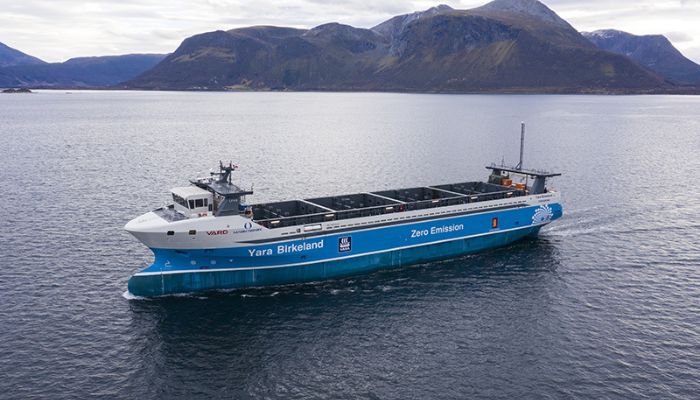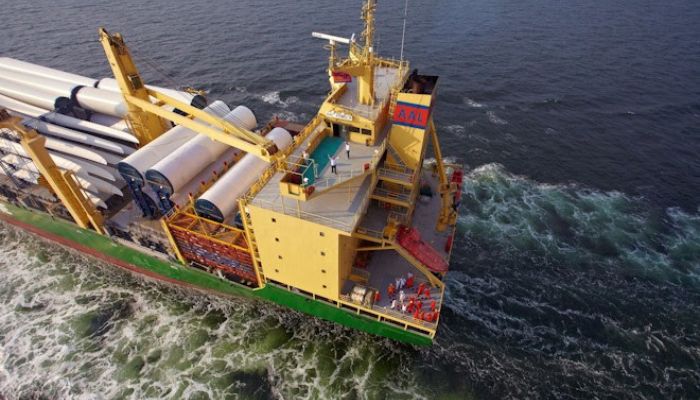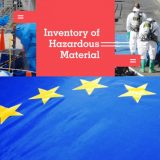September 20, 2022 GENERAL
To add to the myriad supply chain woes across the US, a potential national work stoppage of the nation’s railroads starting tomorrow is causing widespread alarm.
The six Class I freight railroads in the US started early this week to prepare for the possibility of a system shutdown starting on Friday, when the 30-day cooling-down period mandated by the Presidential Emergency Board (PEB) established on July 17 by President Biden comes to an end.
The railroads are in down-to-the-wire negotiations with the three unions that have not reached tentative agreements. Nine of the 12 involved unions have reached agreements based on PEB recommendations, and two of those agreements have been ratified.
The two largest unions, SMART Transportation Division and the Brotherhood of Locomotive Engineers and Trainmen, are not satisfied with the PEB recommendations and are seeking further concessions from the railroads. The International Association of Machinists and Aerospace Workers reached a tentative agreement, but it was rejected by union members.Norfolk Southern, Union Pacific, BNSF and CSX, the four largest US railroads, on Monday began limiting service for some shipments, in particular hazardous materials, to ensure that such products are not stranded in the event of a strike.
According to the Association of American Railroads (AAR), a national work stoppage “would dramatically impact economic output and could cost more than $2 billion per day of a shutdown.”
If the parties do not reach agreement through negotiation, the US Congress could pass legislation to implement the recommendations of the PEB.
Source: https://splash247.com/congestion-alert-as-us-railroads-brace-for-strikes/








